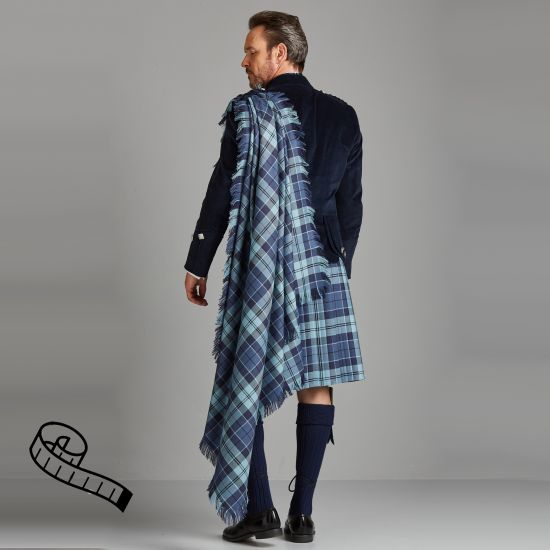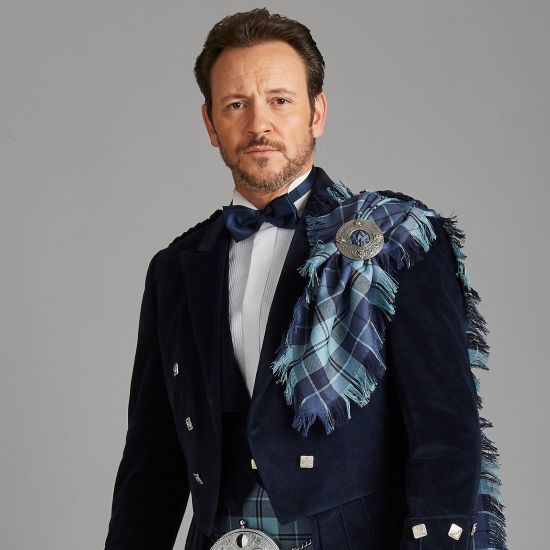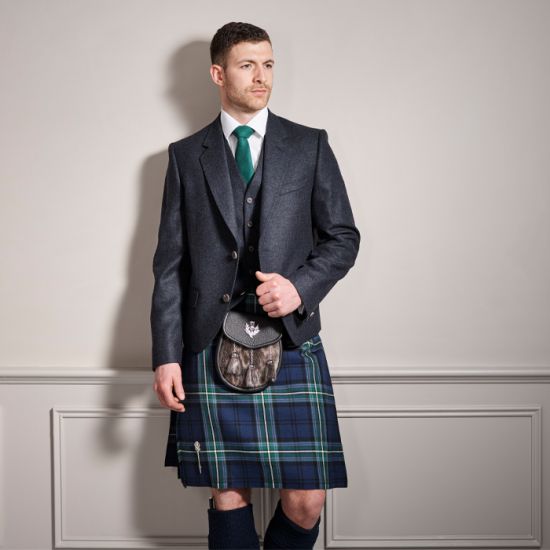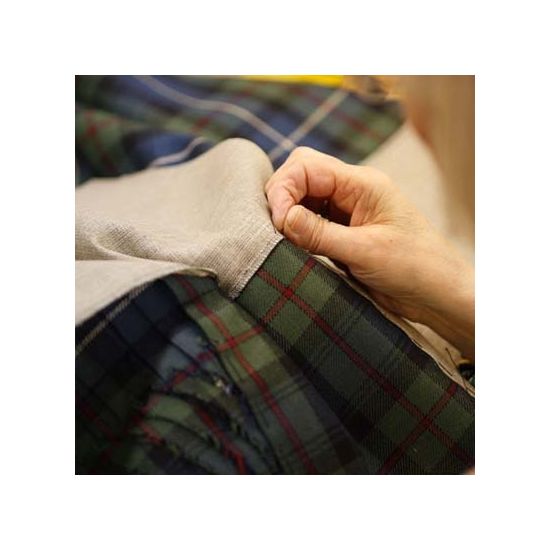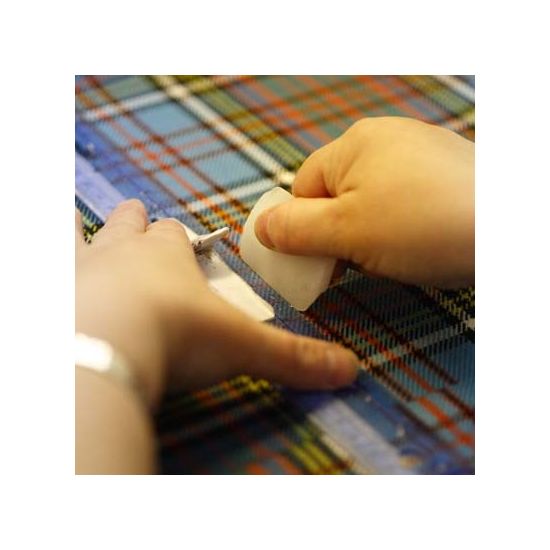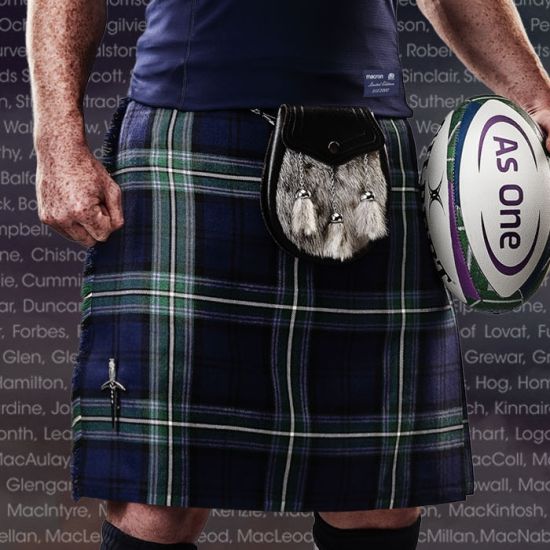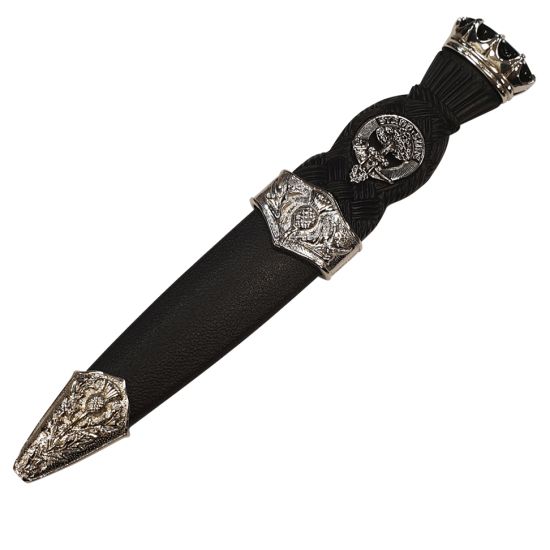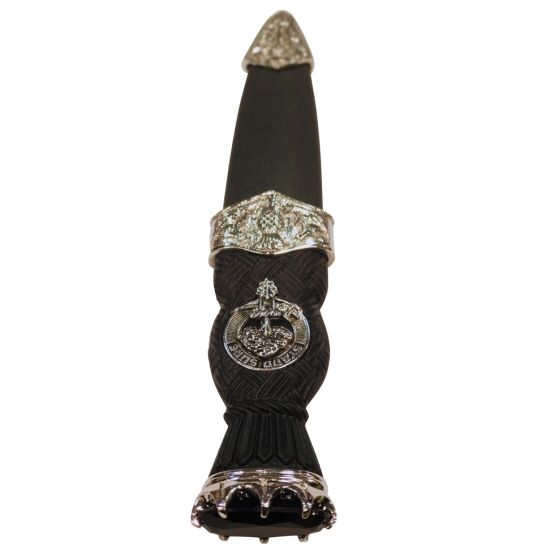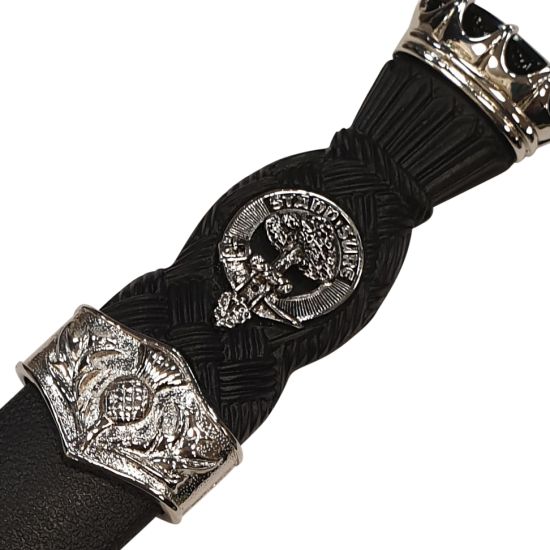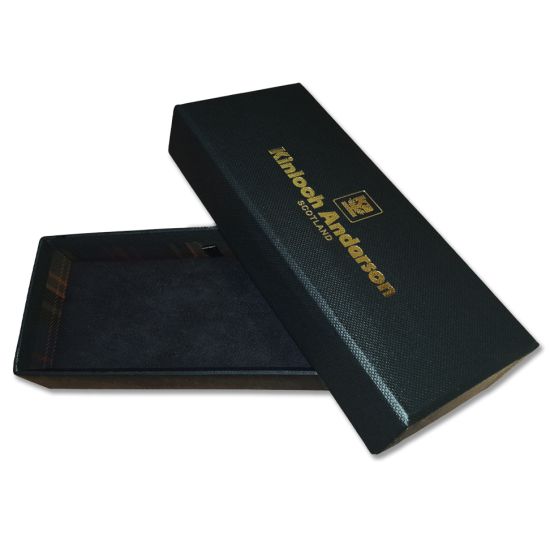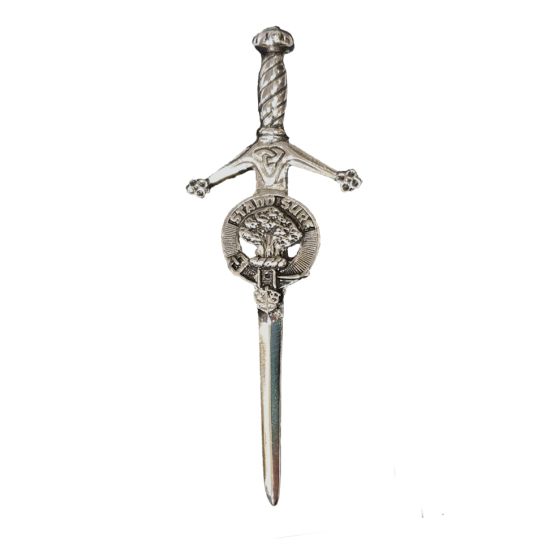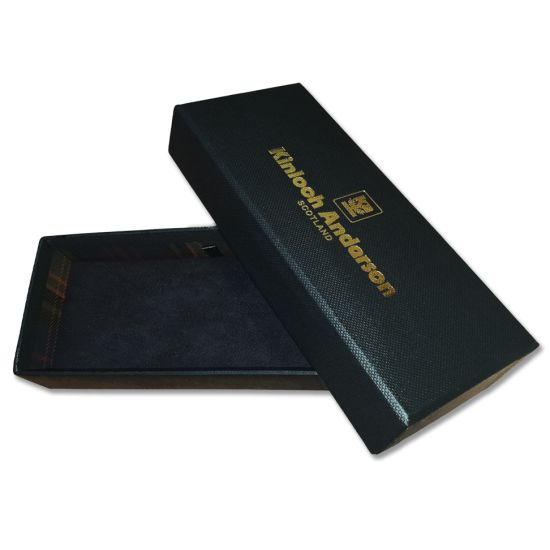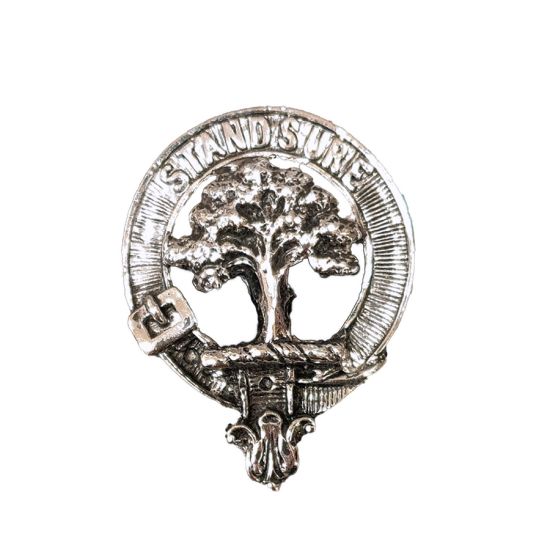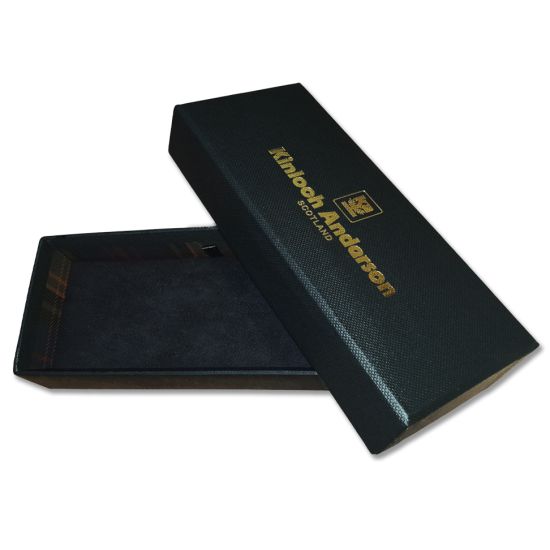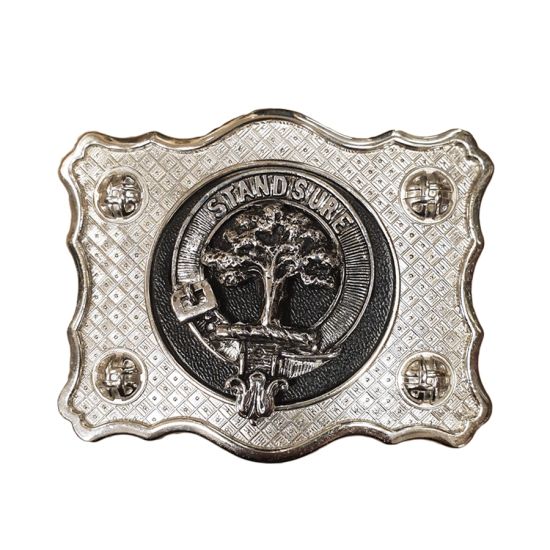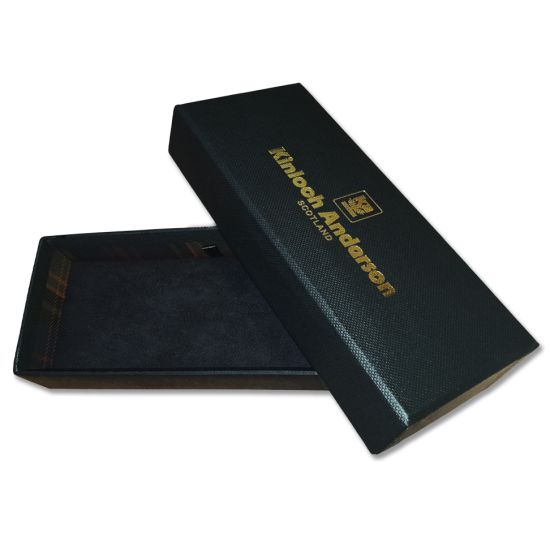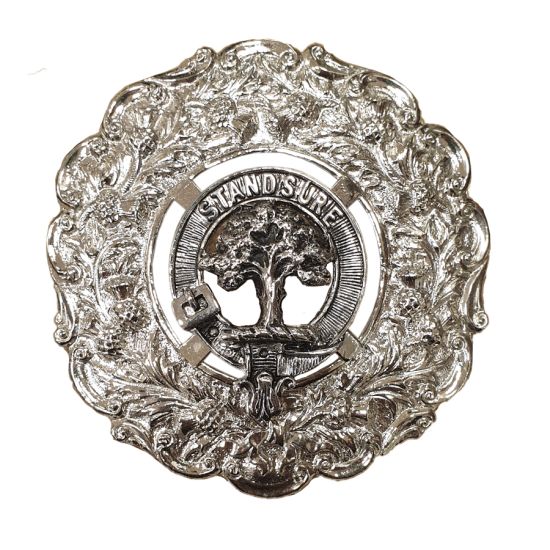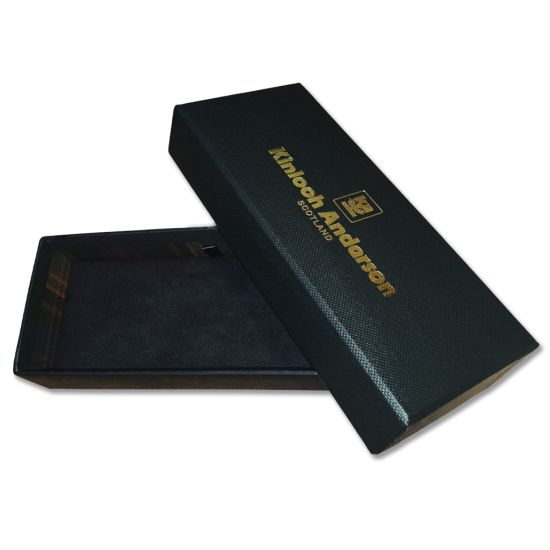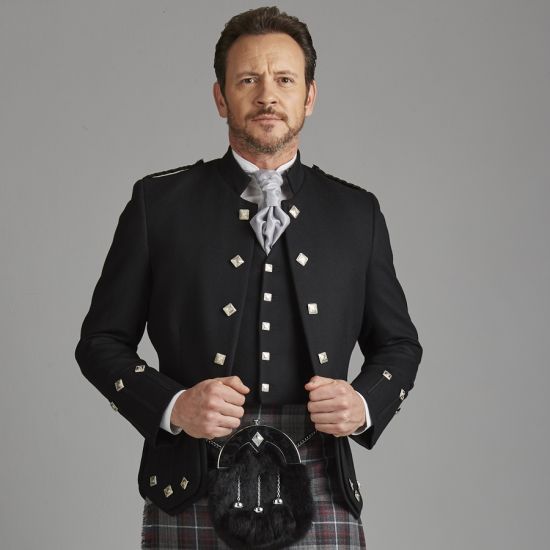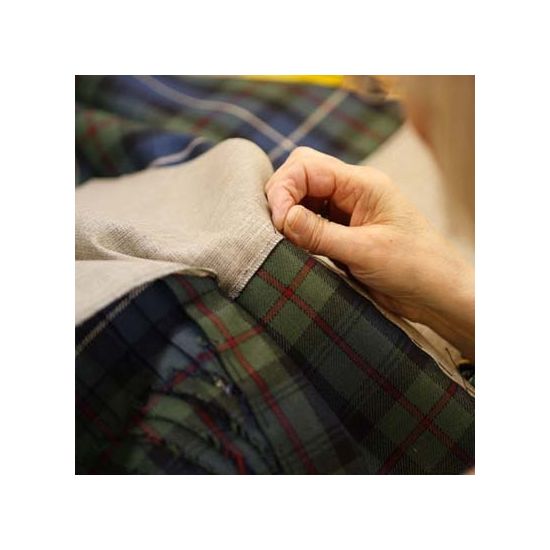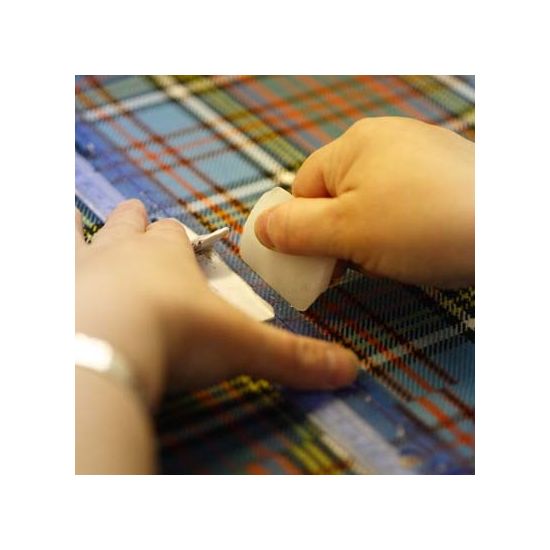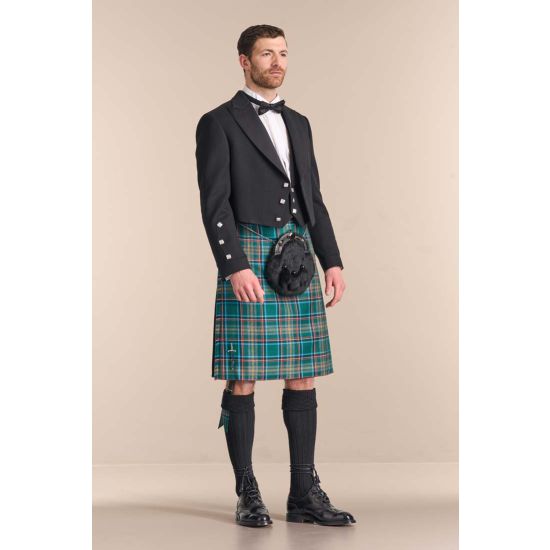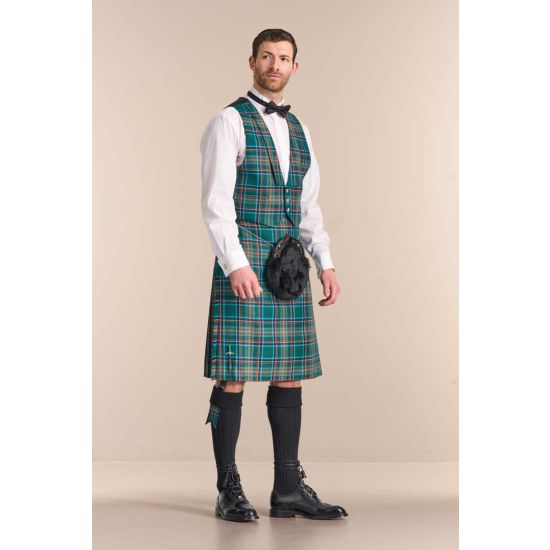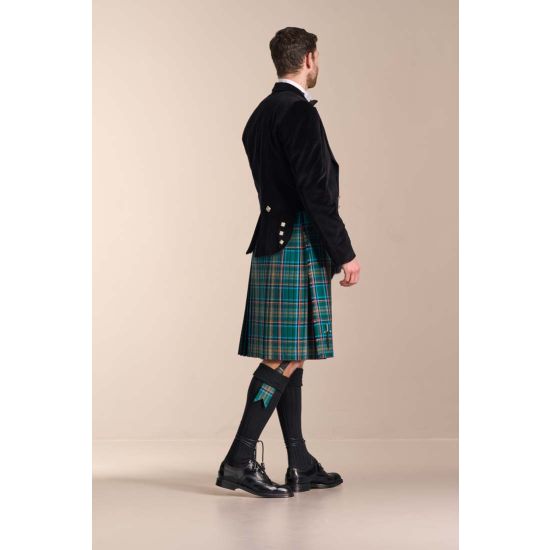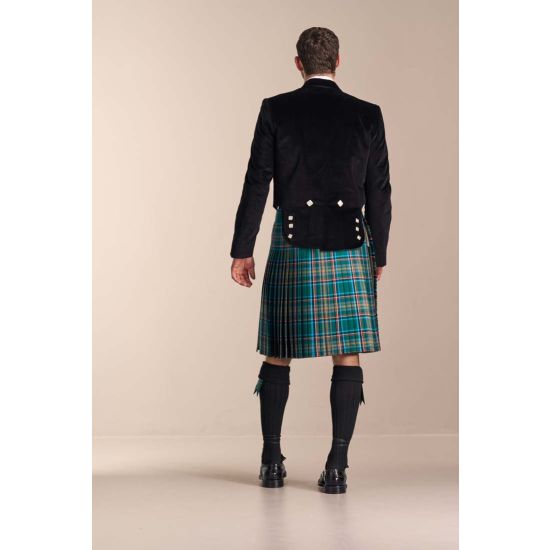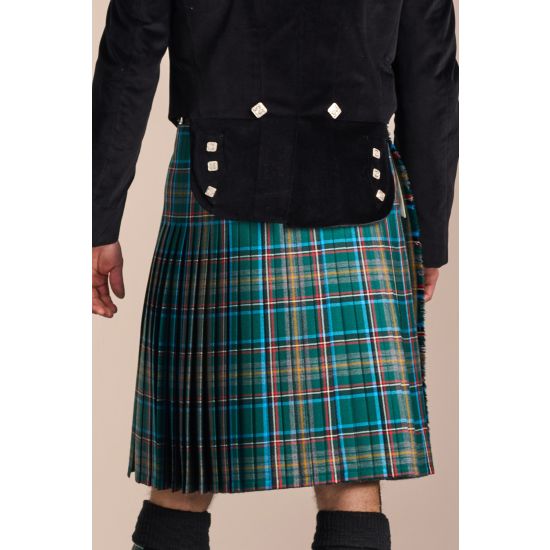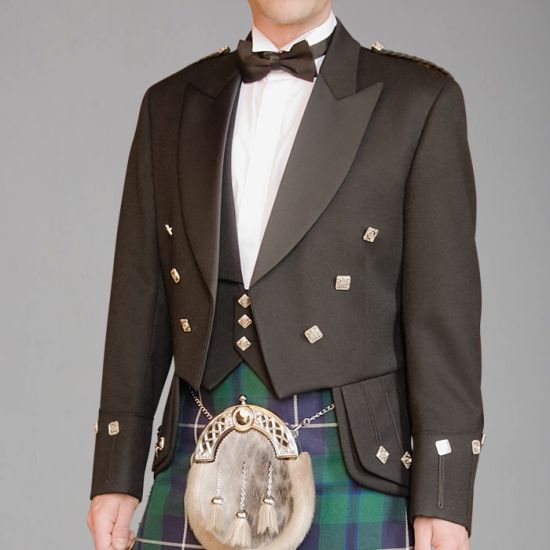Gordon Ramsay

-
From £275.00
-
£25.00
-
From £825.00
Why we chose this outfit for Gordon
The outfit selected for Gordon was carefully chosen in terms of tartan and jacket design. The obvious choice of tartan was, of course, ‘Ramsay’, but it wasn’t necessarily that straightforward. The ‘Ramsay’ clan is one of the smallest Scottish clans and thus has a couple of colourways to choose. We could have opted for the Ramsay Blue tartan, offering the same sett design but the red is replaced with a pale blue. The Ramsay Blue tartan would have made an excellent kilt, however as Gordon is extremely fiery there was only one real option, and it wasn’t Blue!
The Regulation Doublet jacket selected for Gordon is one of the most traditional jacket options to complement a kilt, with the use of a bright red bow tie, meaning this would further enhance the striking look of his outfit.
We also opted for a Persian Lamb dress sporran because it’s mainly white with black tassels. This was selected because it extracts the black and white lines within the tartan, as not to overpower with just red. Overall the outfit certainly wouldn’t have been complete without incorporating a fly plaid in the matching tartan with a striking plaid brooch. A strong outfit which Gordon felt was a stunning example, and a true representation of everything ‘Ramsay’.
The history of Clan Ramsay
Motto: Ora et Labora (Pray and Work)
The surname Ramsay is supposed to be derived from the County of Huntingdonshire in England where Ramsay is a local name. The first of the name in Scotland, the ancestor of the Dalhousie family came from that county with David I (also Earl of Huntingdon) with many other Anglo-Norman knights. He was granted lands in Midlothian by David I. From Douglas’s Peerage he was a witness in a charter of Archbishop Thurston to the monks of Holyrood in 1140 and also one in the reign of Malcolm IV. William de Ramsay is witness to a charter to the Church of Coldingham in the reign of William the Lion before 1198. Patrick de Ramsay is witness to a charter of King Alexander II to the abbacy of Dunfermline in 1227 and another William was of the council of Alexander III in 1255. His eldest son William swore fealty to King Edward I of England for his lands of Dalwolsy, now Dalhousie and Foulden Berwickshire. Later however, he joined Robert the Bruce and was one of the patriot barons who signed the letter to the pope asserting the independence of Scotland in 1320. Hi son Alexander was knighted and was celebrated as a great warrior during the reign of David II. In August 1335 Edward III with Guy Count of Namur invaded Scotland. Sir Alexander was part of the contingent that defeated the Count on the Boroughmuir of Edinburgh. His grandson Patrick received lands of Kerrington in Midlothian from David II. 15th century Ramsays are the ancestors of the Ramsays of Cockpen. (It is through this line we find the poet Allan Ramsay, and his son Allan Ramsay the famous portrait painter.) Another descendent, Sir Alexander, was confirmed the baronies of Foulden and Dalhousie by James III in 1473; he was slain at Flodden in 1513. His successor George supported Queen Mary in 1568. Other Ramsays appear in different parts of the kingdom.



